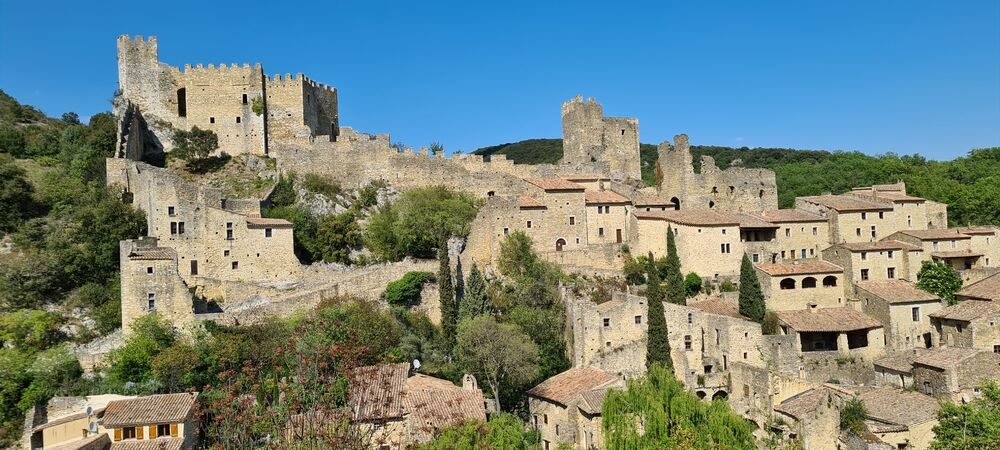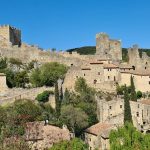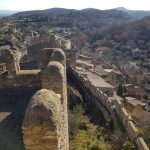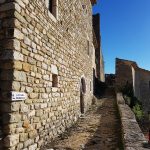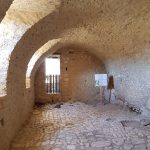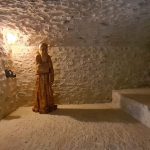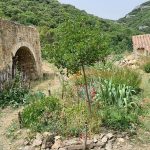Description
Self-guided or guided tour of the medieval castle of Saint-Montan, in the heart of the village of character.
With the support of the Friends of Saint-Montan.
-
Address
- Le village
- 07220
- Saint-Montan
- website Go to the website
- Phone 06 07 63 27 50
-
Opening
From 22/02 to 31/12/2025, every Monday, Friday, Saturday and Sunday.
equipment & services
view equipment & services- Public WC
- Car park
- Defibrillator
- Restaurant
- Parking nearby
- Free car park
- Bicycle parking
- Pets welcome
- Shop
- Tourist brochures
- Tourist information
- Restaurant
- Guided tours
video
The fortified castle, built on the rocky outcrop of the Agache rock, was the starting point for the present-day village. It was impossible to conceive of a village around the church of San-Samonta, as the lay of the land did not lend itself to it.
According to the current state of archaeological research, "we know that the primitive building was the present-day central building; it was a keep and its construction seems to have been carried out for strictly military purposes in the 13th century. Then, in the 13th century, the castle was extended towards the crest with new residential buildings. Over the centuries, the rocky slopes overlooking the castle have seen the development of housing. As these extensions took place, the ramparts were enlarged to protect the houses. In the course of the 15th century, the castral town reached the banks of the two streams, and included the castrum chapel, with a total surface area of 2 hectares. It was then surrounded by a large, regularly laid-out enclosure, most of which still exists today. It is still entered through three main gates, most recently remodeled in the 16th century.
The family with the surname "De Saint-Montan" may be the originator of the castle (written mention as early as 1110). However, by the end of the 13th century, Saint-Montan had become a coseigneury.
Divided between several lords, the château and its outbuildings fell into disrepair after the destruction wrought by the Wars of Religion in the 16th century (particularly after the passage of Admiral Coligny, a Protestant army leader with a force of some 3,000 men and 400 horses).
The village remained inhabited until the 1880s, when the houses were gradually abandoned as the inhabitants disappeared, until it was revived and rebuilt in the 1970s by the Friends of Saint Montan association.
